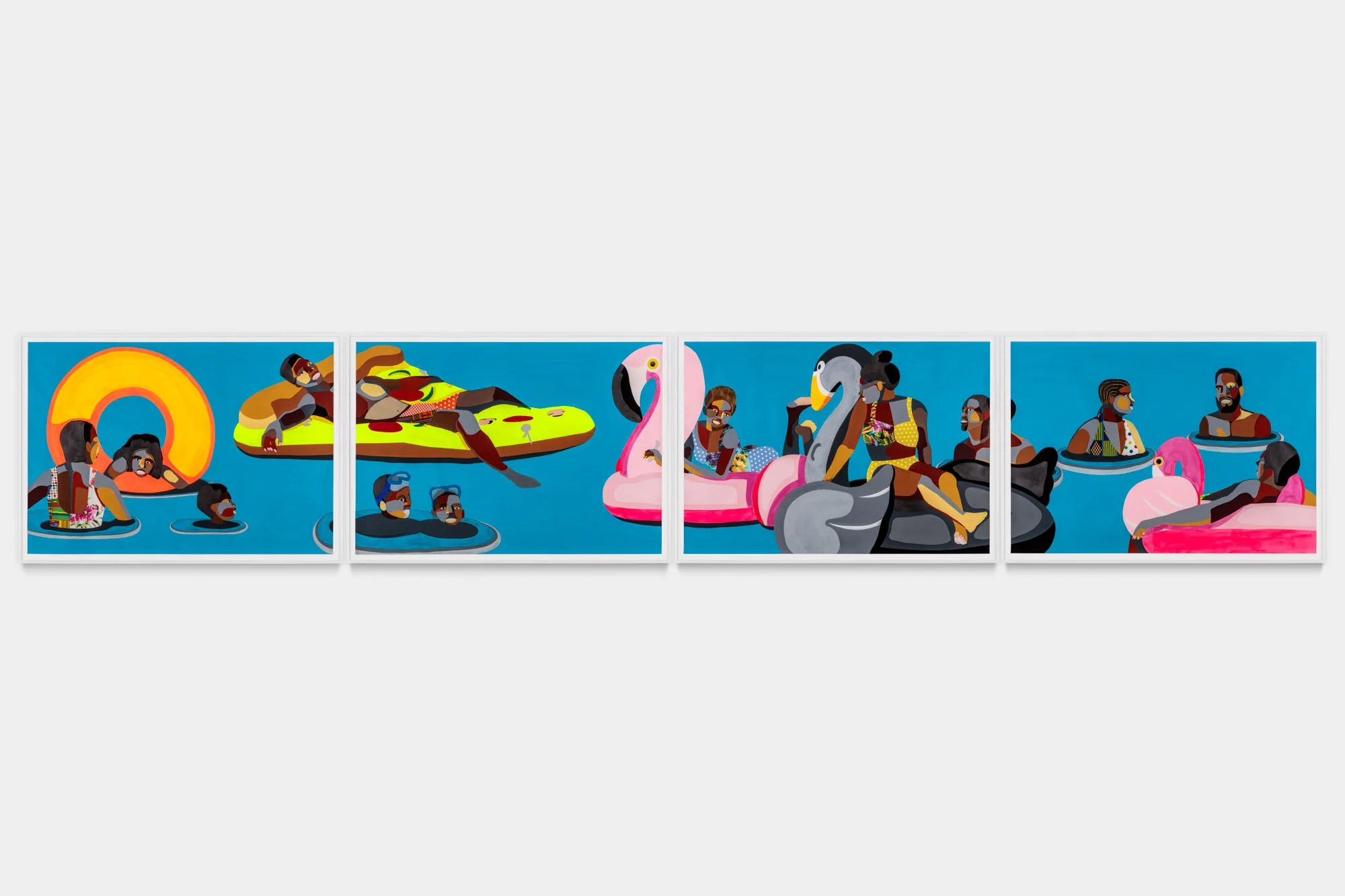Crashing into the 60s: Film Posters from the Collection | Eastman Museum
US poster for Help! (UK 1965) Offset lithograph. George Eastman museum, gift of Robert P. Schwartz. © Amazon MGM Studios
Written by Aundréa Verdi
Photo Edited by Kelly Woodyard
Its sanguine outlook can characterize the 1960s. It was a decade that was rung in with positivity and desire for change yet was faced with tumultuousness. But how do people react to what's going on around them? They respond with art. The new exhibition "Crashing into the 60s: Film Posters from the Collection" provides a visual journey through this transformative era. Located at the Eastman Museum and running until September 8th, 2024, this exhibit showcases film posters from the 1960s, a decade marked by political, cultural, and artistic revolution and revelation.
Poster for Deux ou trois choses que je sais d’elle (France 1967) designed by René Ferracci (French, 1927-1982) Offset lithograph. George Eastman museum, purchase © Compagnie Française de Distribution Cinématographique
The idea of what was socially acceptable or what fell under the confines of art was adapted in the '60s and reflected in its films and accompanying posters. The posters are the summation of these new ideas and styles. Visually, there is a departure from the shiny facade of traditional Hollywood, and we notice the ushering in of the “New Hollywood.” The works selected for the exhibition begin to rely less on representation and start relying on graphic expressions and symbolism to glean the audience into the movie's themes.
Poster for Revolution (US 1968) Lithograph. George Eastman Museum, gift of Robert P. Schwartz © Amazon MGM Studios
The poster for "Revolution," directed by Jack O’Connell, encapsulates the counterculture movement quintessential to the 1960’s. Bold and provocative, its imagery showcases new ideas on sex, music, and the free-flowing nature of drug culture, set against a backdrop of vibrant colors that seem to leap off the page. The poster's composition clashes against itself and offers a visual representation of the era's radicalism and rebellion.
Polish poster for Der Rest ist Schweigen (West Germany 1959) designed by Wiktor Gorka (Polish, 1922-2004) Lithograph. George Eastman Museum © Real Film GMbh
“Reszta Jest Milczeniem” (“The Rest Is Silence”), directed by Helmut Käutner, offers a glimpse into the blooming creativity of the time and shows us how the blending of genres and the exploration of new aesthetics was becoming more prevalent. Photographs and graphic elements are collaged together to present viewers with something fresh and captivating. Symbolism, too, plays a prominent role in this poster, reflecting a growing trend in the era's movie posters. The poster cleverly hints at the film being an adaptation of Hamlet, providing audiences with a subtle insight into what might happen on screen.
US poster for Persona (Sweden 1966) Lithograph. George Eastman Museum, gift of Robert P. Schwartz © Amazon MGM Studios
A grittiness is portrayed in many of these posters, which sets them apart from the polished glamor of Hollywood's previous decades. This shift is perhaps best exemplified in Ingmar Bergman's "Persona" poster. Unlike the idealized imagery often associated with earlier Hollywood films, this poster opts for a more raw approach. The limited yet powerful color palette combined with the haunting gaze of the central figures, their faces partially obscured and merging into one another, creates a sense of unease and tension. This departure from traditional Hollywood aesthetics reflects a broader cultural shift towards greater realism and introspection in cinema moving forward..
Poster for Odds Against Tomorrow (US 1959) designed by Paul Crifo (American, 1922-2020) Lithograph. George Eastman Museum, gift of Robert P. Schwartz © Amazon MGM Studios
These posters serve as a vivid reflection of their era. They tell a story not only of the films themselves but also of the cultural landscape of the time. The exhibition stands as a testament to the societal and cultural shifts that characterized the decade, showcasing the vibrant creativity and dynamism of the era. Each poster is a testament to the era's artistic vitality and a window into the rich tapestry of 1960s culture.
Poster for In the Heat of the Night (US 1967) designed by Paul Crifo (American, 1922-2020) Lithograph. George Eastman Museum, gift of Robert P. Schwartz © Amazon MGM Studios














